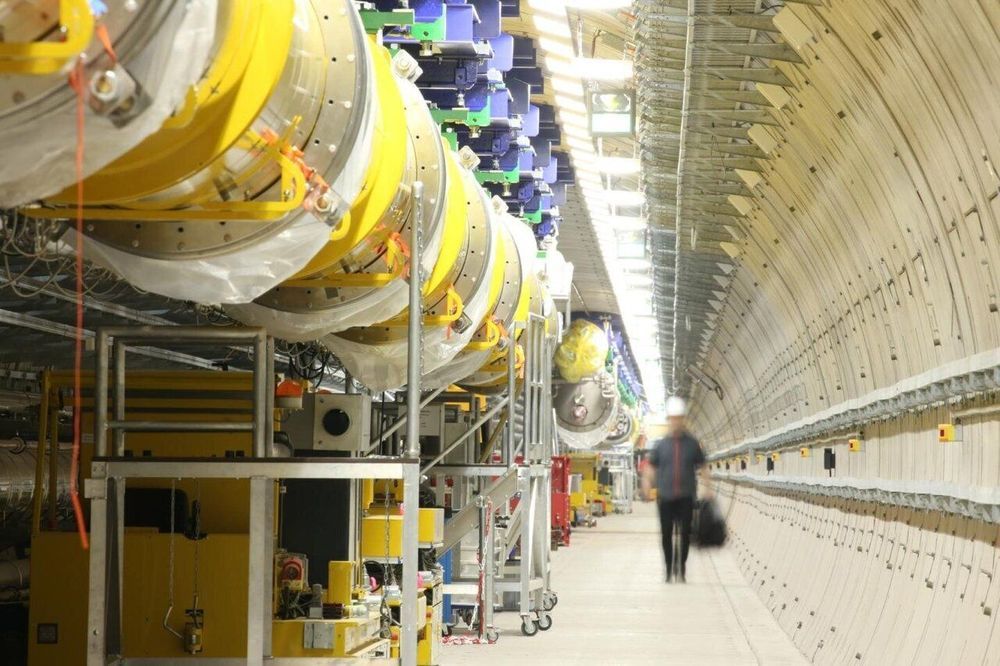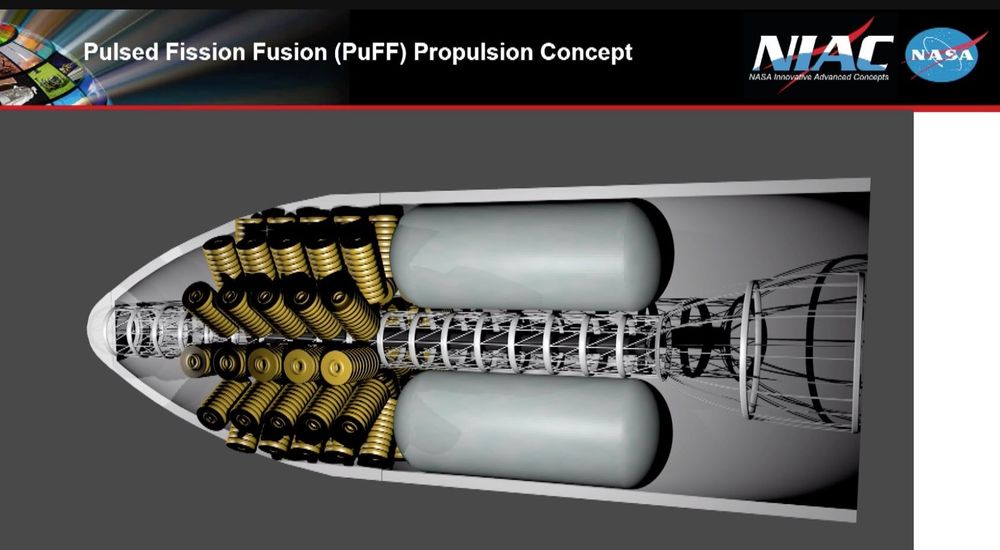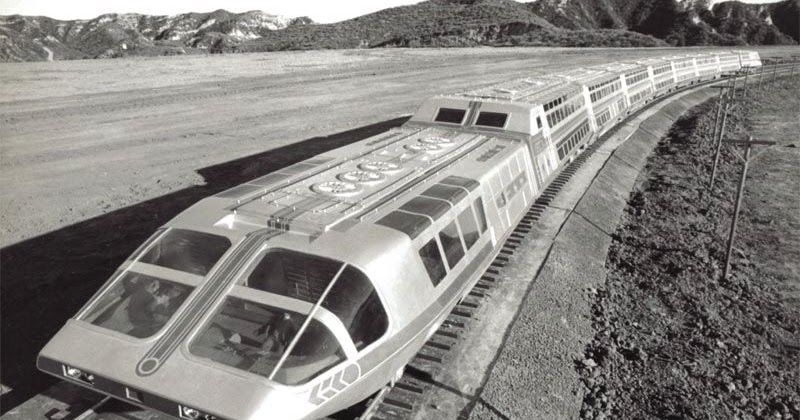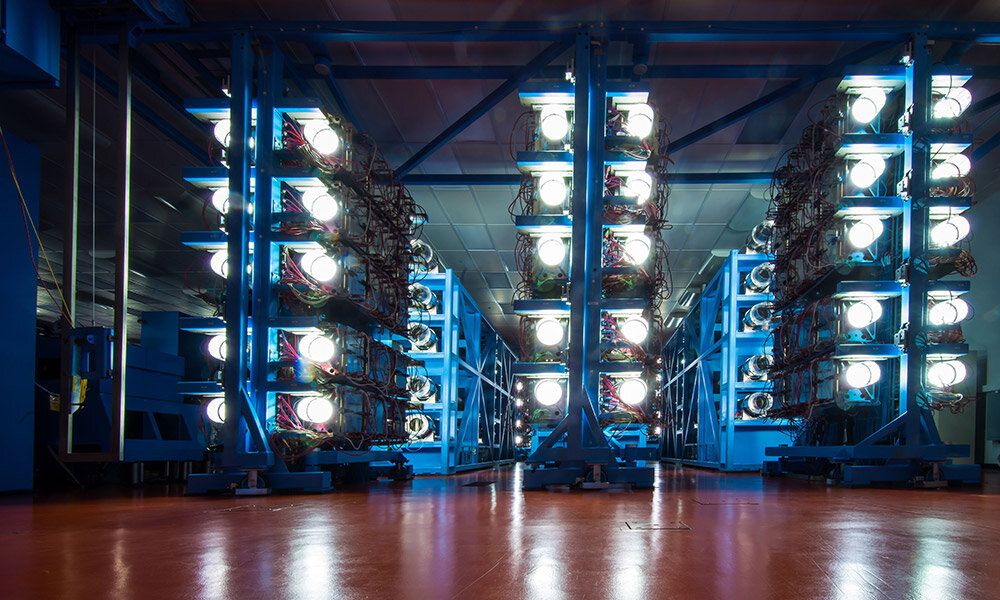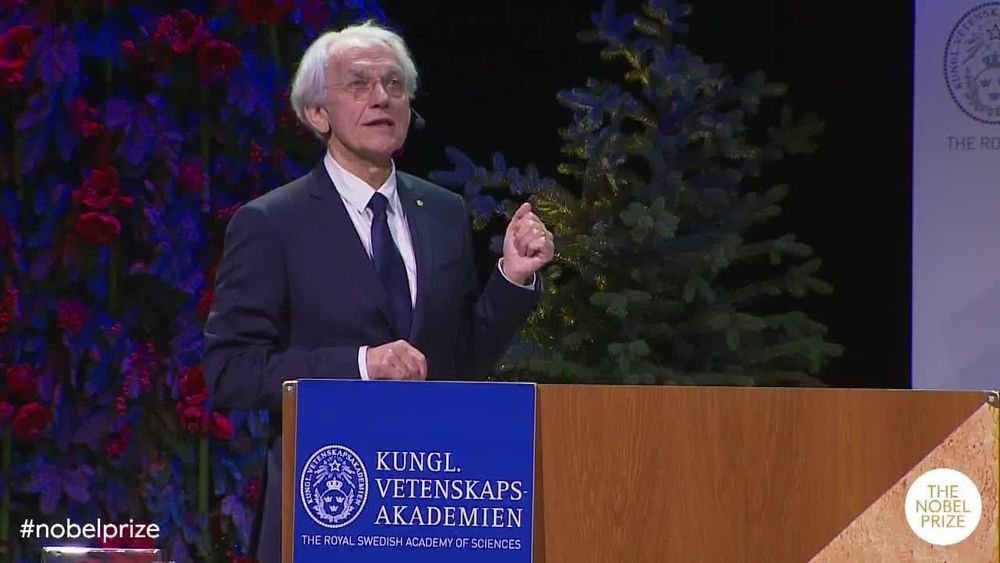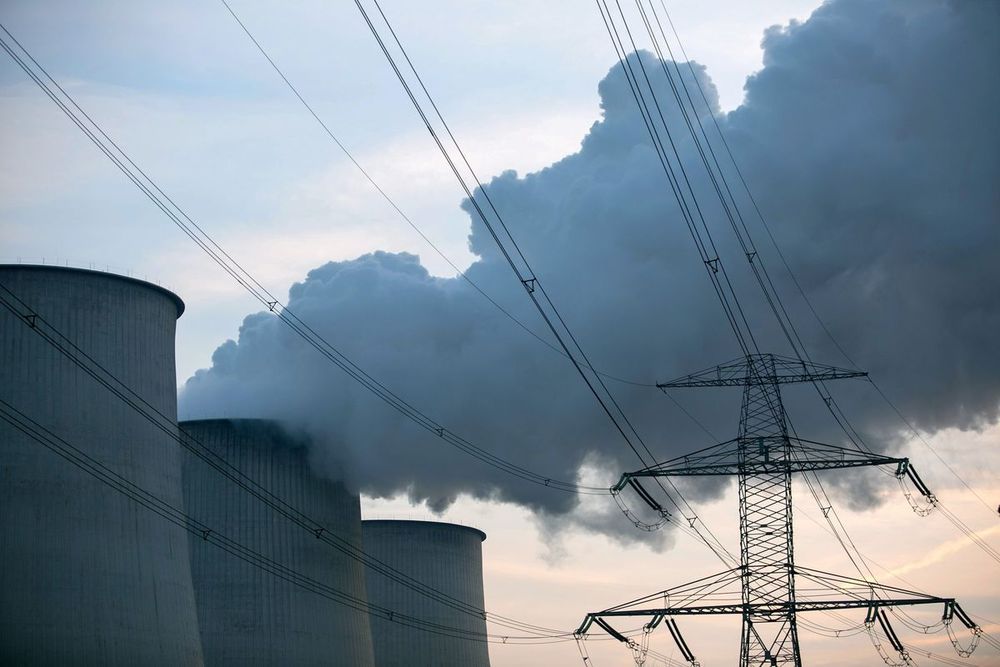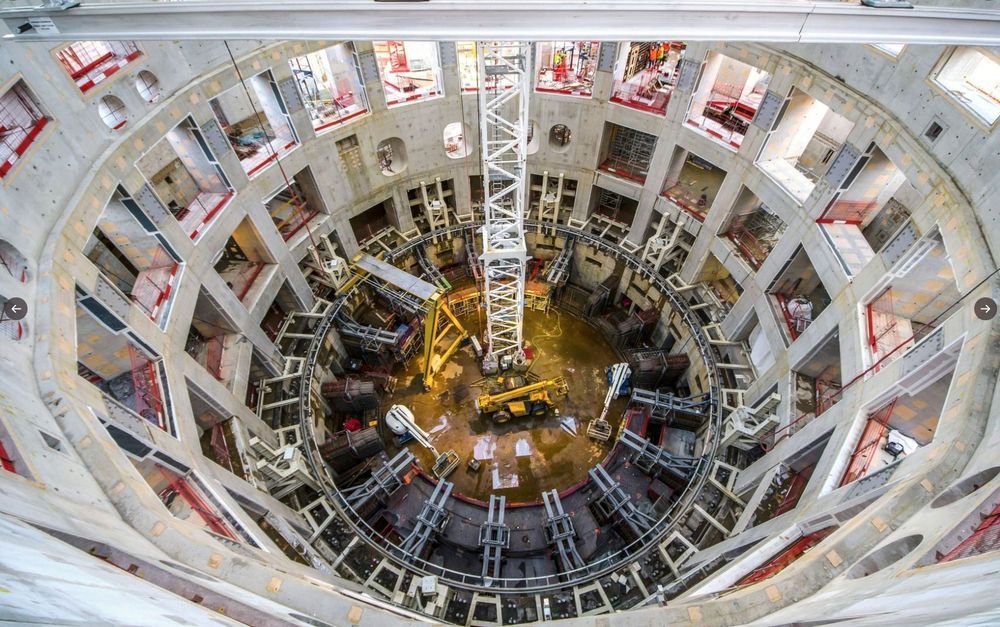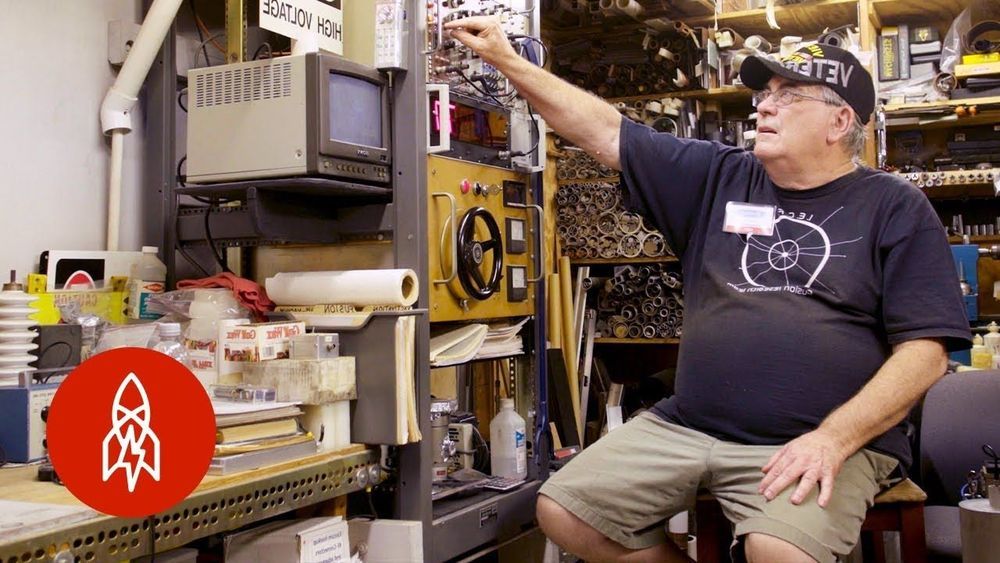Dec 5, 2019
BREAKING: Bomb Squad Investigating Report of a Possible Small Nuclear Reactor Inside a Garage in Columbus, Ohio
Posted by Tracy R. Atkins in categories: nuclear energy, quantum physics
Ok… which one of y’all is this?
UPDATE 3: The man reportedly told bomb squad that he sustained “radio frequency burns” while working on a “quantum physics generator” in his garage, according to Battalion Chief Steve Martin, the Columbus Division of Fire spokesman, speaking to the Columbus Dispatch.
“We have no reason to believe that he was trying to make anything that would do anyone any harm,” Martin added.

